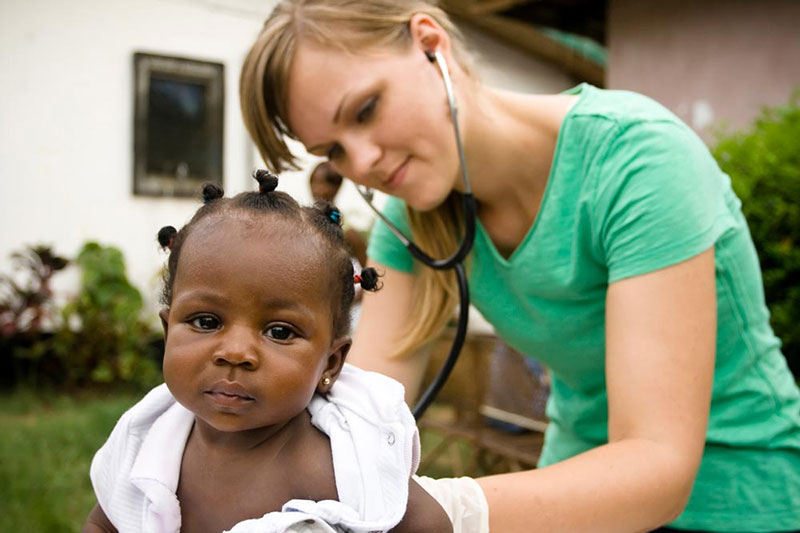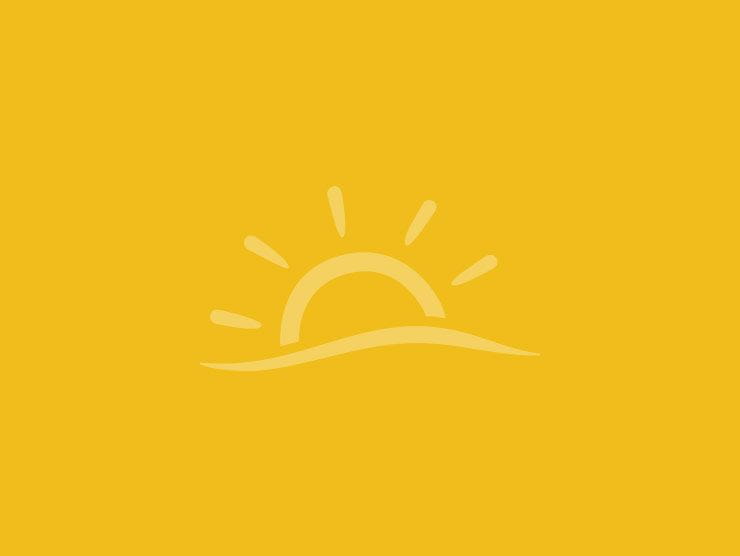Federal loan repayment set to resume in February 2022
Last month the Department of Education announced one final extension of the administrative forbearance and 0% interest until January 31, 2022. Since they are calling this the final extension, federal loan borrowers need to prepare to start making payments in February 2022. Many borrowers have lost track of their federal student loans over the past year and a half, so now is the time to do early preparations and make the most of the remaining 4 months. Taking proactive steps now could save you interest paid on your loans over time!
HOW TO PREPARE EARLY
Estimate your monthly payment
After you gather student loan details, use your Federal Student Aid ID (FSA ID) and log into the Federal Student Aid (FSA) website to access the Loan Simulator. You can reset your FSA ID if you forgot it. The Loan Simulator will walk you through calculating the various repayment plans using your actual federal loan balances. You can even enter your salary information to estimate payments for the various income-driven repayment plans. The results will show you the different monthly payment options you will have in 2022, along with the estimated total cost of borrowing and expected pay off date for each. You will need to use your servicer’s website to select the repayment plan you wish to use prior to February 2022. In the meantime, start to think about which monthly payment will work best for you, while also considering the overall cost of your loan.
Apply/Reapply for income-driven repayment
If one of the income-driven repayment (IDR) plans is going to work best for you—especially if Public Service Loan Forgiveness is your goal, you may wish to apply/reapply for one of these IDR plans as early as now. With all federal loan borrowers going back into repayment at the same time, we are guessing servicers may get overwhelmed with customer service volume in early 2022 and application processing may take longer than expected.
If you have never used an income-driven repayment plan before, then you will need to apply. If you were using an income-driven repayment plan back in early 2020 before the loan pause began, you may only want to reapply if your salary has decreased and/or family has grown since you last confirmed your income. The Department of Education has pushed out the annual re-certification for borrowers and you will receive notification when it is time to reapply. You will be able to continue previous IDR payments until your re-certification date. Run the Loan Simulator to compare IDR payments to determine if reapplying now makes sense for you.
To apply or reapply for IDR, you should stay signed into the FSA website and head over to the Income-Driven Repayment Plan Request. Be prepared to use the IRS Data Retrieval Tool (DRT) to pull over your most recent tax data to your application. If your income has dropped since your last tax filing, there will be an opportunity to provide proof directly to your servicer after using the IRS DRT.
Remove those funds from your spending
Now that you have started to consider different monthly payments, this is an excellent time to update your monthly budget or spending plan. Working through your income and expenses will help you determine which monthly payment works best for you at this time. Start setting aside the needed funds now, so you are in the habit of budgeting for those student loans. This will help you feel less overwhelmed by that payment since you will be ready.
Use these funds intentionally
With this strategy, you will have a few months of extra funds set aside before you go into repayment. Now think about your priorities and use these funds with intention. Use this as the last chance to make a payment directly toward your student loans when all of the funds are automatically applied to the principal balance—if you were in repayment and up to date on payments back in March 2020. Reducing your principal balance now may even lower your monthly payment under the Standard, Graduated, or Extended repayment plans in February 2022.
Another excellent option is to use these extra funds to pay down higher interest rate debt, like credit cards or private student loans. Pay down other debt before your federal student loans go into repayment. Or, perhaps you need to start or add to your emergency fund. Use these next few months to make that a priority while you do not have a federal student loan payment.
Recent grads: Prepare for end of grace interest capitalization
If you graduated recently, for example, May 2021—your loans are still in their 6-month grace period if you had not used the grace period previously. Once your grace period ends in November/December, they will go into the administrative forbearance until January 31, 2022. While you will not owe a payment until February 2022, when the grace period ends, any unpaid interest that may have accrued prior to March 13, 2020 will capitalize at that time. Something to keep in mind if you are going to be making a payment toward your federal loan—try to make payments before you exit grace to reduce interest capitalization.
The earlier the better
Take a few minutes today to walk through this process with your federal loans. The earlier you prepare for repayment, the more time you have to either reduce the principal of your student loans, tackle other debt, or beef up that emergency fund—and the less daunting this will all feel in 2022.




